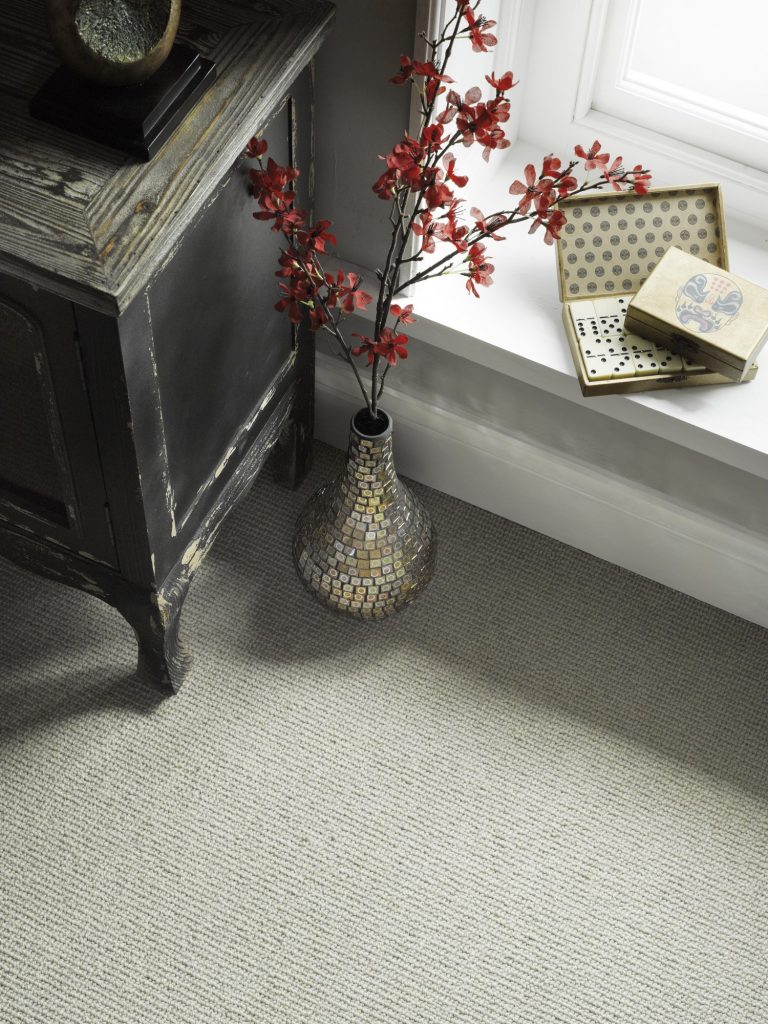Loop Pile, Twist Pile or Striped Carpet?
Carpets seem like such a small touch in an office or home, but in fact, choosing the wrong one can have multiple knock-on effects. From costing more in cleaning and replacement, to affecting the aesthetic of the room, there are many reasons you should spend time in choosing exactly the right carpet for your needs. Let’s take a look at three of the most popular types of carpet right now, including: loop pile, twist pile and striped carpet.

Loop Pile Carpet
Another name for loop pile carpets is ‘Berber carpets’. This takes the latter name from the North African tribes which created carpets in this style. The former name is descriptive of how the carpet is woven. One very long strand weaves through the carpet underlay to create the distinctive smooth carpet. Loop pile carpets tend to have a very neat appearance, making them ideal for professional environments. The formation of the loops also means that these carpets are naturally stain resistant and hard-wearing, especially if the loops are small and tight. Longer loops make for a softer and more textured carpet. However, this can also mean the carpet shows signs of wear and tear before their shorter-looped counterparts.
Twist Pile Carpet
Twist pile carpets have a looser, more textured finish than loop pile versions, having something of a more rustic appearance. This is inviting in a home or more informal office setting, encouraging people to relax and feel at home. Twist pile carpets are often available in plain colours or with heathered versions; heathering being a slightly mottled effect achieved by blending two or three similar but noticeably different shades of wool. An even more textured effect can be achieved with different textures of wool being blended. Twist pile carpets can show signs of use that need to be vacuumed back into shape. They can also trap pet hair and crumbs between the wool strands, but again, vacuuming will get the carpet back into excellent shape quickly and easily.
Striped Carpet
If you like to experiment with colours, perspectives and space, then you should look at striped carpet. Most often found in stairwells, striped carpets can look great elsewhere in the home. Diagonal stripes can distract from awkward architectural designs, while straight forward stripes can transform the apparent shape of a room. This could help make a long narrow room look wider, and seem to expand the dimensions of crowded rooms. Stripes can make your staircase look long and elegant, or you can use the stripes to indicate the width of the individual stair. One word of caution: avoid patterns and stripes that can create optical illusions if the area will be used by those with visual problems. They can cause steps to be missed or feelings of disorientation in poor lighting.
Which carpet you choose depends ultimately on your own choices and preferences. All three will look great in the right room.
For a free home consultation, get in touch today and it will not be long before your home is beautifully carpeted.
